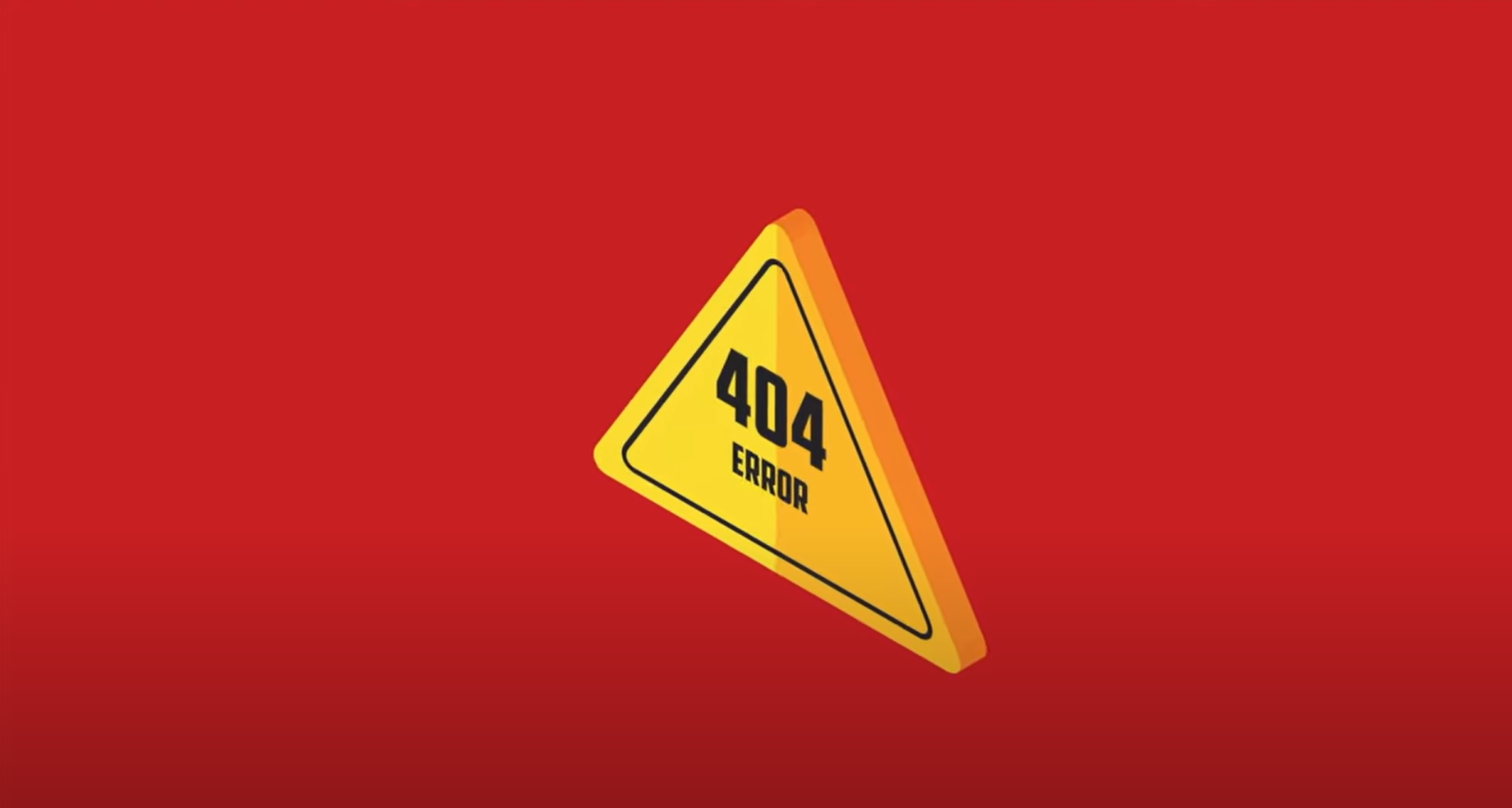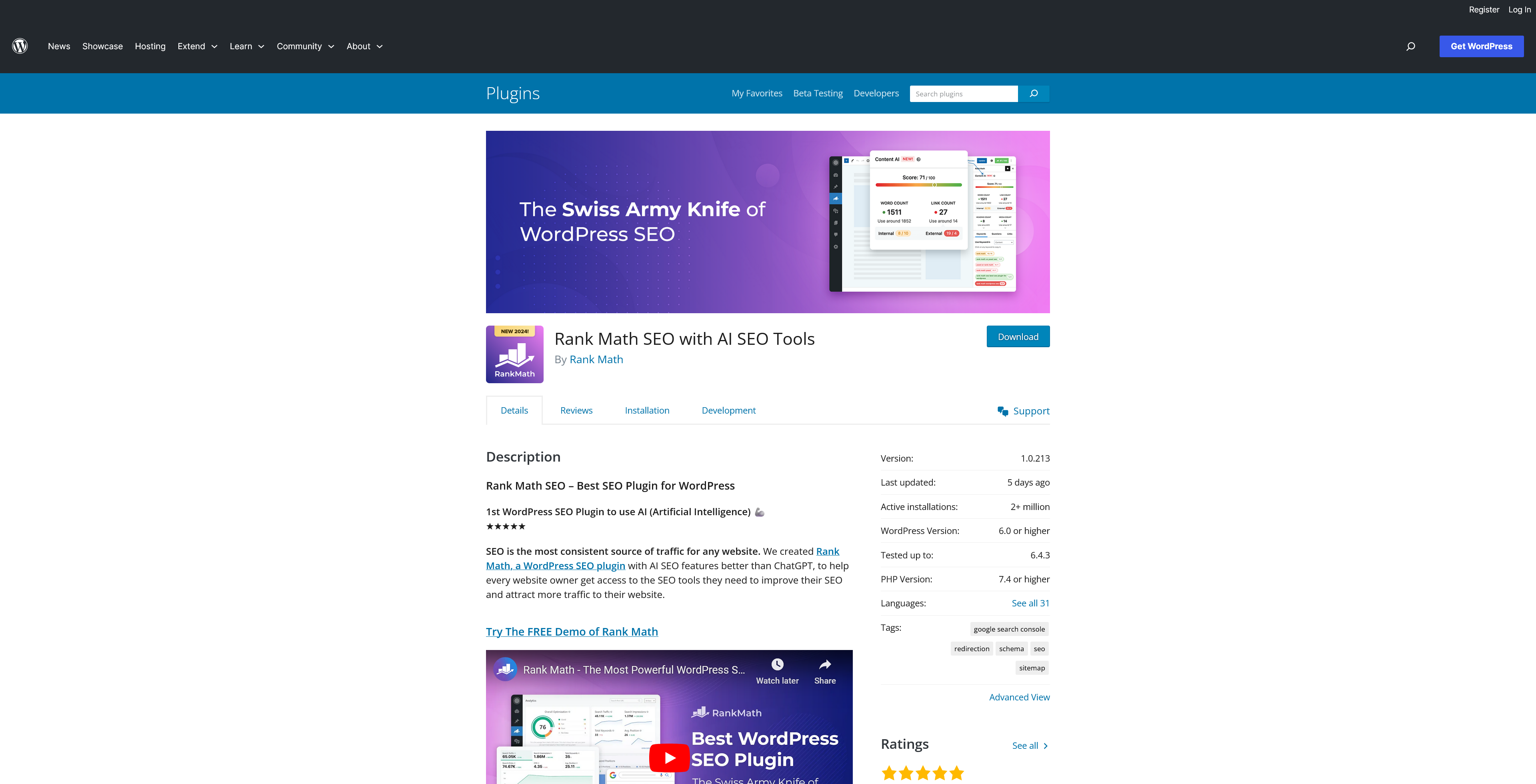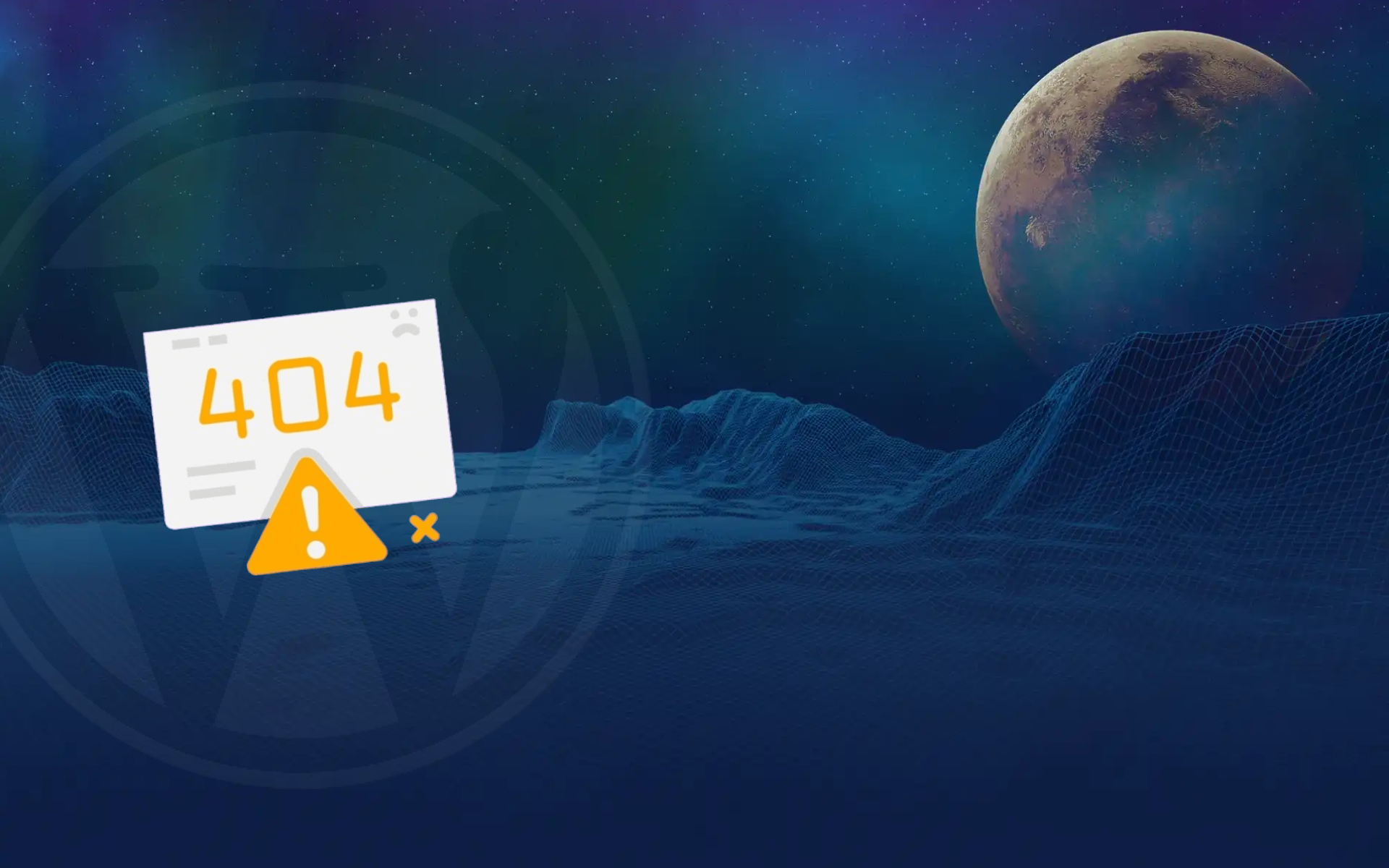The Dreaded 404: Broken Links and Backlinks
Picture this: you’re all dressed up, ready to attend a party. You’ve got your outfit on, drinks in hand, and you’re excited. But when you arrive at the address, you realize it’s the wrong house. That sinking feeling? That’s what it’s like encountering a broken link on the web. It might not be entirely your fault—you could have been diligent in your online endeavors, posting on Facebook, Twitter, Insta, TikTok, you name it. But somehow, the link you shared leads nowhere. It’s as if you’ve stumbled upon a dead end at the party of cyberspace.
The Impact of Broken Links
A broken link, often indicated by the dreaded “404 Not Found” error, can quickly douse any enthusiasm. Imagine someone eagerly clicking a link you shared, only to be met with an error message. It’s frustrating for them and damaging for you. Not only does it disrupt the user experience, but it also chips away at your website’s authority and can harm your Google search ranking.

Fixing the Issue
The good news is, there are plenty of ways to address broken links. Various plugins are available to help manage and fix them, but if you’re using a tool like Rank Math for SEO on your WordPress site, you’re in luck. Rank Math offers features for monitoring and redirecting 404 errors, allowing you to seamlessly guide visitors to the right place.

Leveraging 301 Redirects
One effective solution is the use of 301 redirects. Instead of leaving visitors stranded on a dead-end page, a 301 redirect sends them to a relevant and functioning page on your site. This not only maintains a smooth user journey but also preserves your website’s credibility. However, it’s essential not to overdo it—excessive redirects can still impact performance.

Planning Ahead
As you embark on website creation or maintenance, it’s crucial to think ahead. Consider the structure of your URLs and slugs—are they likely to change in the future? If so, aim to minimize the need for redirects by choosing stable, long-lasting URLs from the start. By doing so, you can ensure a seamless browsing experience for your visitors while safeguarding your site’s integrity.
Conclusion
Broken links may seem like minor nuisances, but their impact can be far-reaching. By addressing them promptly and implementing solutions like 301 redirects, you can maintain a positive user experience, uphold your website’s credibility, and bolster your online presence. So, the next time you’re tempted to share a link, remember to double-check its destination—your visitors will thank you for it.


